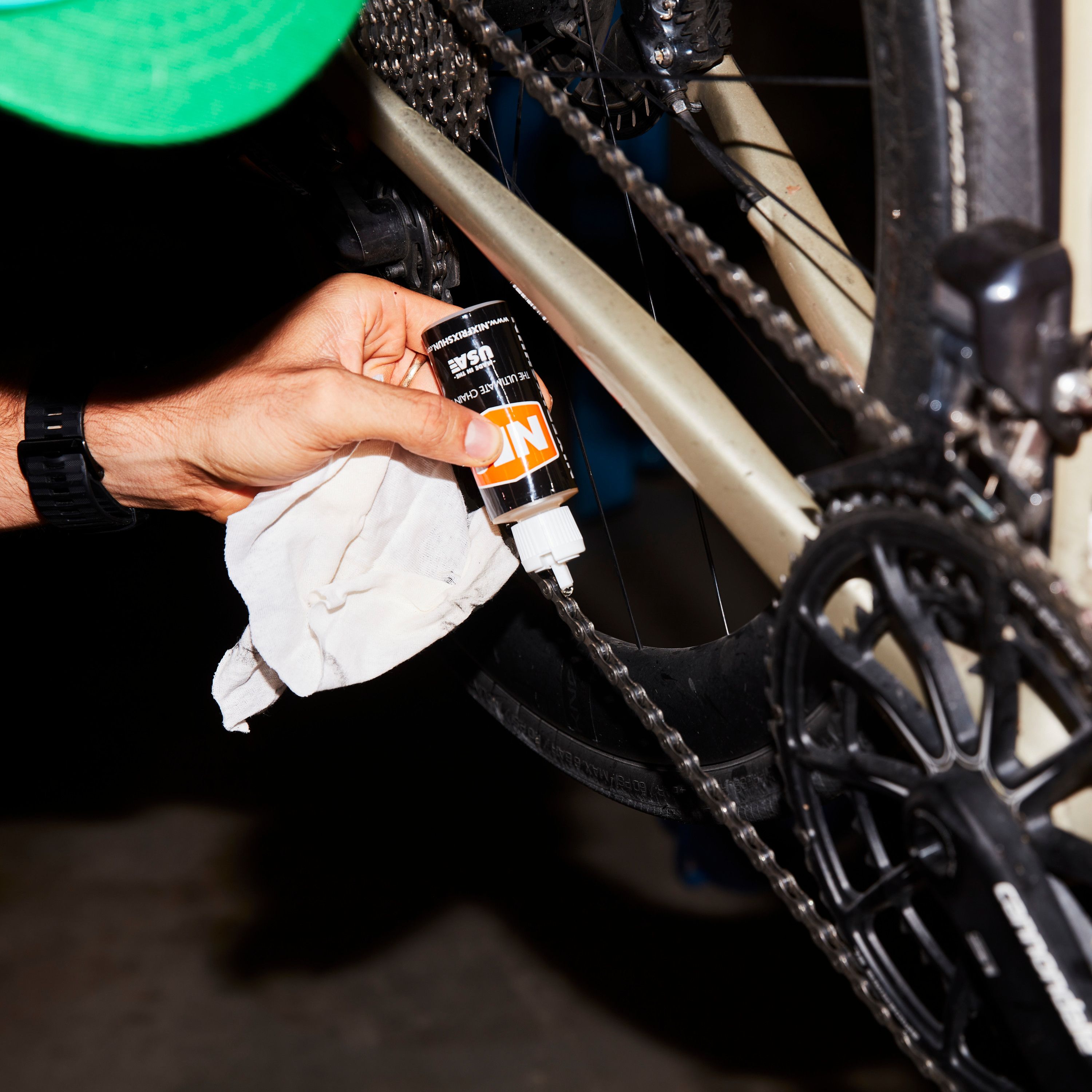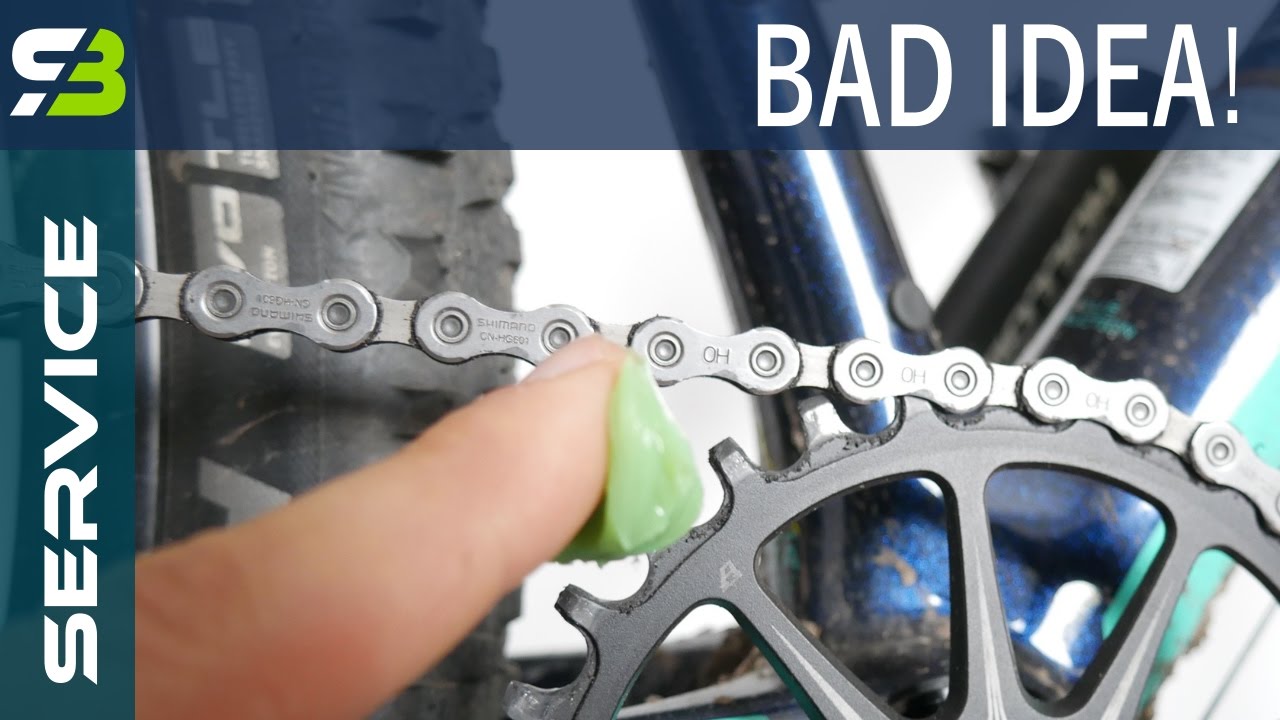Bike grease is an important part of keeping your bike in good working condition. There are a few different types of grease that can be used on a bike, and each has its own purpose. The most common type of grease is petroleum-based, which is great for protecting against rust and corrosion.
Another popular choice is silicone-based grease, which helps to lubricate the parts of your bike and prevent them from drying out.
If you’re new to biking, you might be wondering what you should grease on your bike. Here’s a quick rundown of the most important things to grease on a bike:
1. The chain.
The chain is one of the most important parts of the bike, and it needs to be properly lubricated in order to function properly. You should apply a light layer of oil to the chain after every ride, and more frequently if you live in a wet or dusty environment.
2. The pedals.
The pedals are another crucial part of the bike, and they also need to be properly lubricated in order to work correctly. Apply a small amount of grease to the pedal threads before screwing them onto the crank arm, and then add more grease as needed throughout the life of the pedals.
3. The seatpost.
The seatpost helps keep the saddle in place, and it needs to be greased occasionally in order to prevent it from seizing up. Apply a small amount of grease to the seatpost before inserting it into the frame, and then add more as needed over time.
4. The brakes .
Brakes are critical for safety, so it’s important to keep them well-lubricated . Grease both sides of each brake pad , as well as any exposed metal surfaces on the brake calipers . Check your brakes regularly for signs of wear or damage , and replace them as needed .

Credit: www.bicycling.com
What Type of Grease Should I Use on My Bike?
If you’re planning on doing any serious biking, it’s important to know what type of grease to use on your bike. There are many different types of grease, each with their own benefits and drawbacks. Here is a rundown of the most common types of grease, so you can choose the best one for your needs.
Lithium Grease: This is the most common type of bike grease and can be used in a wide variety of applications. It’s great for protecting metal parts from corrosion and wear, and has good resistance to high temperatures. However, it can be difficult to clean off and may attract dirt and grime.
Synthetic Grease: This is a newer type of grease that offers many advantages over lithium grease. It’s much easier to clean off, resists high temperatures well, and doesn’t attract dirt and grime like lithium grease does. However, it’s more expensive than lithium grease and may not offer as much protection against wear and tear.
Grease For Bike Chains: This is a special type of grease that’s specifically designed for use on bike chains. It helps reduce friction between the chain links, which makes your chain last longer. However, this type of grease can be difficult to apply evenly and may require frequent reapplication.
What Should You Not Grease on a Bike?
One of the most important things to keep in mind when greasing a bike is what not to grease. While it is important to grease the bike’s moving parts, there are some areas that should be avoided.
The first area to avoid is the brakes.
Grease can build up on the brake pads and decrease their effectiveness. The second area to avoid is the chain. too much grease on the chain can cause it to slip off the gears and potentially damage them.
Finally, avoid greasing the seat post or saddle as this can make them difficult to adjust or remove.
In general, only apply grease to areas that are metal-on-metal contact points. This will ensure that your bike runs smoothly and lasts for many miles to come!
When Should You Grease Your Bike?
It’s important to keep your bike well-maintained, and that includes regularly greasing the components. But how often should you grease your bike, and what parts should you focus on?
Here are a few general tips:
1. Grease any moving parts that come into contact with each other. This includes the pedals, crankarms, derailleurs, and suspension pivots.
2. Pay special attention to any parts that see a lot of exposure to water or mud, as they may need to be greased more often.
3. In general, it’s a good idea to grease your bike at least once every few months (or more often if you ride in particularly wet or dirty conditions).
4. When in doubt, consult your bike’s owner’s manual or take it to a qualified mechanic for service.
How & Where To Use Grease, Lubricant & Threadlock On Your Mountain Bike – The Complete Guide
Bike Assembly Grease
If you’re an avid bicyclist, you know that there are a lot of different types of grease out there. You’ve probably also heard of “bike assembly grease” but may not know exactly what it is or why it’s used. Here’s a quick rundown on bike assembly grease and why it’s a necessary part of keeping your ride in good condition.
Bike assembly grease is a type of lubricant that’s specifically designed for use on bicycle parts during the assembly process. It’s often used on threaded parts like pedals and bottom brackets to ensure that they’re properly lubricated and won’t seize up over time. This type of grease is usually made from synthetic materials like PTFE or silicone, which offer excellent durability and resistance to water and dirt.
While you might be tempted to use other types of lubricants like WD-40 or Vaseline, these aren’t ideal for bike assembly since they can attract dirt and grime, which can eventually lead to problems with your parts. Bike assembly grease is formulated to resist this type of build-up, so it’s the best choice for keeping your bicycle in tip-top shape.
So next time you’re getting ready to do some work on your bike, make sure you have some bike assembly grease on hand – it’ll make the job much easier and help keep your bike running smoothly for years to come!
Conclusion
If you’re looking to keep your bike in good shape, it’s important to know what to grease and how often to do it. Greasing the chain, pedals, and seatpost will help keep your bike running smoothly. The frequency with which you grease these parts will depend on how often you ride your bike.
